When a new looter shooter like The First Descendant bursts on the gaming scene, players the world over immediately ask the same question: Is this the almighty “Destiny killer” we’ve been waiting for?
The answer is almost always “No,” especially as Destiny 2 continues to evolve and release new content and seasons. Bungie’s consistency has been questioned at times and with many players considering moving on as the Light and Darkness saga wrapped up with The Final Shape, could The First Descendant fill the void?
I’d liken The First Descendant more to Warframe, but there’s plenty of crossover between this and Destiny 2. Let’s compare the pair.
The First Descendant vs. Destiny 2: Comparisons
Gameplay
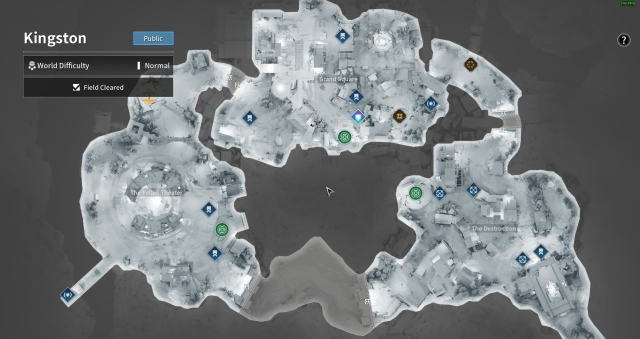
From the outset, Destiny 2 players will find immediate similarities between the Bungie shooter and The First Descendant. Story-wise, you find yourself fighting off the enemies of humanity who were all but wiped out after an alien force decimated the planet, until the player, among others, was granted abilities by a higher being and chosen to rise up and fight back. Then, you’re dropped into a dilapidated town to fight enemies spawning from a dropship. Which game do you think I described? Trick question, it’s both.
A similar story aside, Destiny players will feel right at home with the general gameplay loop in The First Descendant once they land in Kingston. Each area contains missions that act like patrols or public events; you can jump in and out of these events freely and will even be linked up with nearby players. Matchmaking exists for the tougher activities like Void Intercepts, just as it does with Destiny‘s Ritual playlist or via Fireteam Finder.
The inventory screen is also similar. As a Destiny vet, I immediately understood the UI of the main weapons screen and the different ammo types, and while it took me a bit, the External Components section works a little like class armor in Destiny. From here, however, the changes become a little more drastic with the use of modules and reactors. The stats screen in particular was impressive with values for every single stat you could possibly want!

Of course, we can’t skip over the fact The First Descendant is third-person, while Destiny 2 is an FPS (apart from when you’re swinging a sword). Aside from the obvious, there certainly feels like there are many more modification possibilities in The First Descendant; from picking out modules for each Descendant and weapon to getting a full overview of your stats and tweaking each to your specification.
In Destiny 2, you get given a car and told to drive it—in The First Descendant, you get to pop the hood and see beneath the exterior a little more, chopping and changing pieces to suit your needs.
New player experience

I love me some Destiny 2 but The First Descendant beats it out every day of the week when it comes to getting new players set up. Early missions throw you into the firefight and get you acquainted with your Descendant abilities and weapons, but along the way, you’re quickly caught up with how to use Reactors to enhance your Descendant, how to equip and improve modules, and where you need to go to get exactly what you want.
Bungie has made leaps and bounds at improving the New Light experience, specifically with the Guardian Rank leveling system acting as a sort of tutorial, but many players still feel they are dropped into Destiny 2 with very little direction.
Even worse is the content lock Destiny 2 suffers; new guardians are presented with these epic raids, dungeons, locations, and content, but without buying the connected DLC, they won’t be able to participate. The First Descendant is entirely free when it comes to a gameplay perspective; yes, you’ll need to grind to unlock certain Descendants and characters, but it doesn’t feel like there is a whole swath of content locked behind a paywall.
Monetization
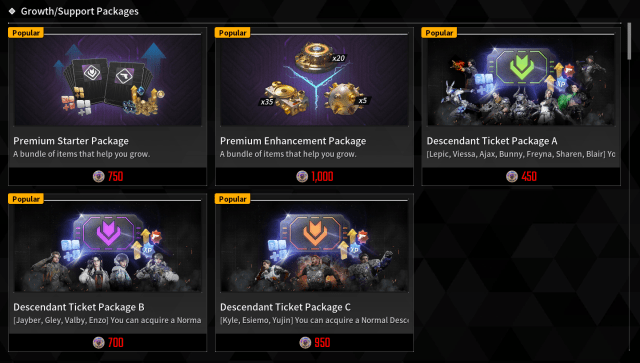
The First Descendant is not without its flaws in the monetization department, however. Sure, it’s a free-to-play game, but in classic Nexon fashion, you’re able to skip a whole bunch of crafting and unlocks by spending cash—not pay-to-win, but more pay-for-convenience. Otherwise, settle in for the long haul as you’ll need to clear countless activities and wait hours to days for a research project into a new Descendant to complete.
Apart from the aforementioned DLC for new content, Destiny 2‘s Eververse store deals solely in cosmetics, most of which can be earned by completing activities and earning Bright Dust to spend on the weekly rotation. Some items are locked to Silver (cash) only, but most will appear weekly in the shop to buy for currency earned in-game.
Both games also offer a season pass with a free track and a premium track, offering various boosters and items for players to earn. They’re nothing game-breaking, but both give premium players an extra leg up.
Our verdict
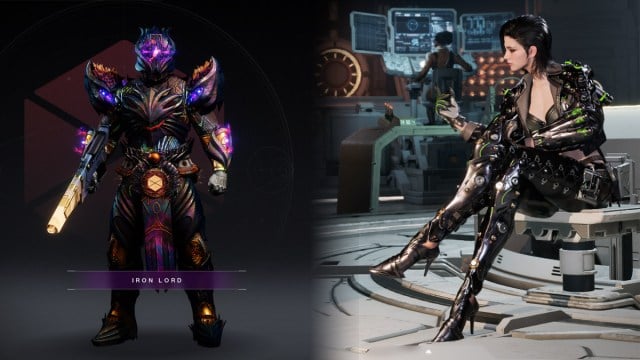
Given The First Descendant is free-to-play, I implore Destiny 2 players to give it a go—especially those who believe the Bungie title has grown stale over the past couple of years. The sheer customizability on offer as well as a well-rounded set of Descendants will mean you’ll be coming back to improve each part of your character, and if you like how Destiny plays, there’s plenty you’ll be familiar with already.
What The First Descendant lacks right now is a little polish and some server stability, which has resulted in players frustrated with rubberbanding and latency problems. The Nexon title will no doubt improve over time as devs tweak it, but given you won’t need to pay a cent to play it, it’s worth a try!


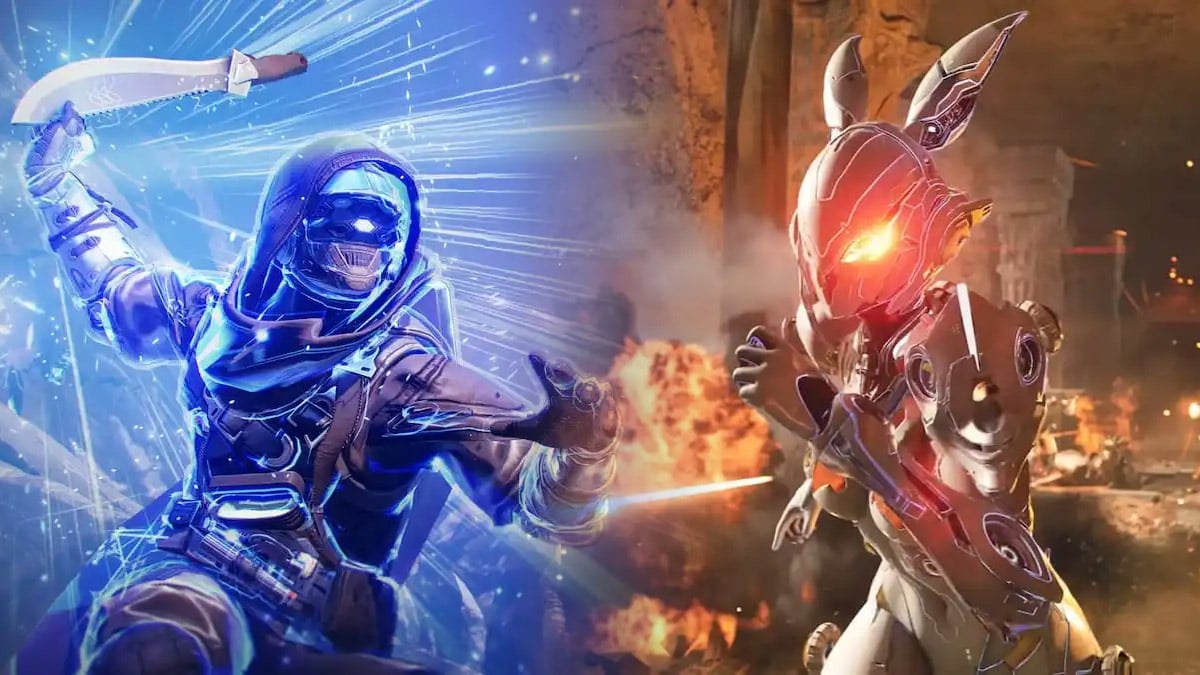
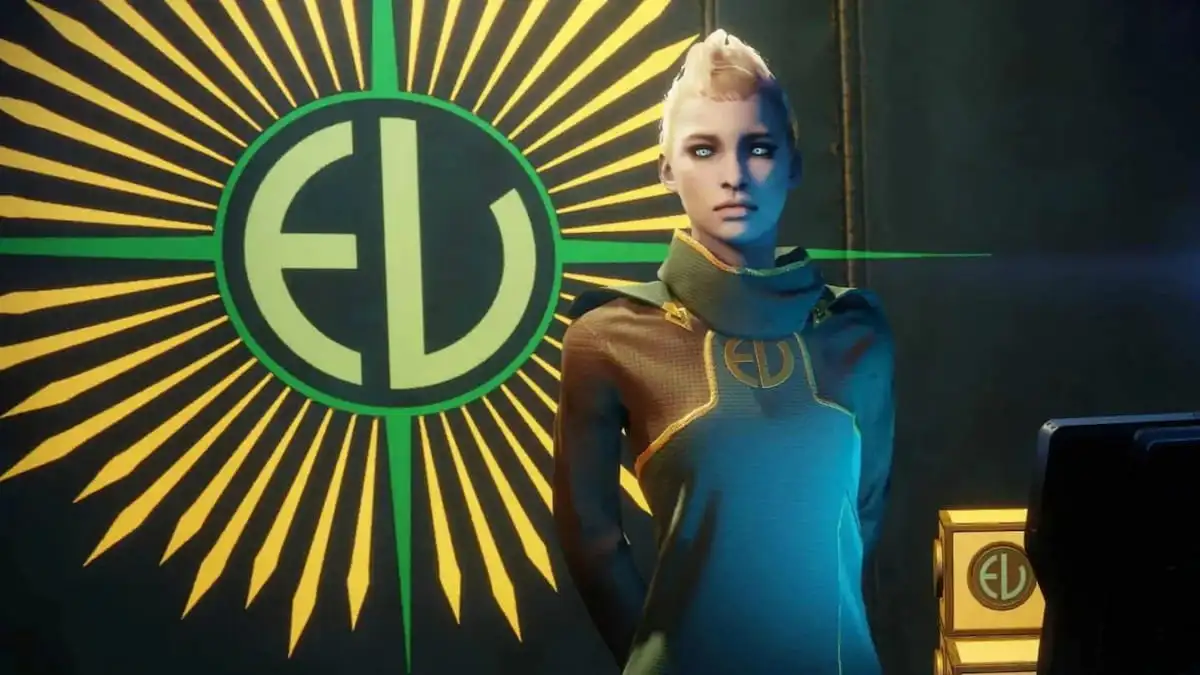
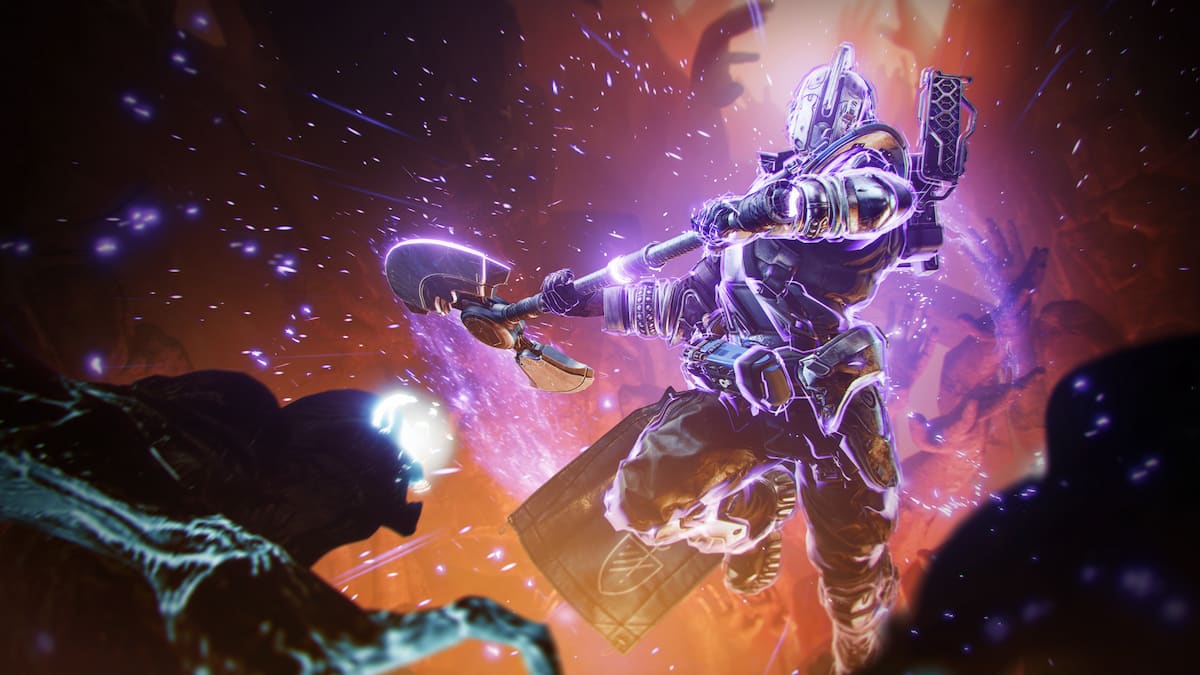

Published: Jul 6, 2024 11:29 pm